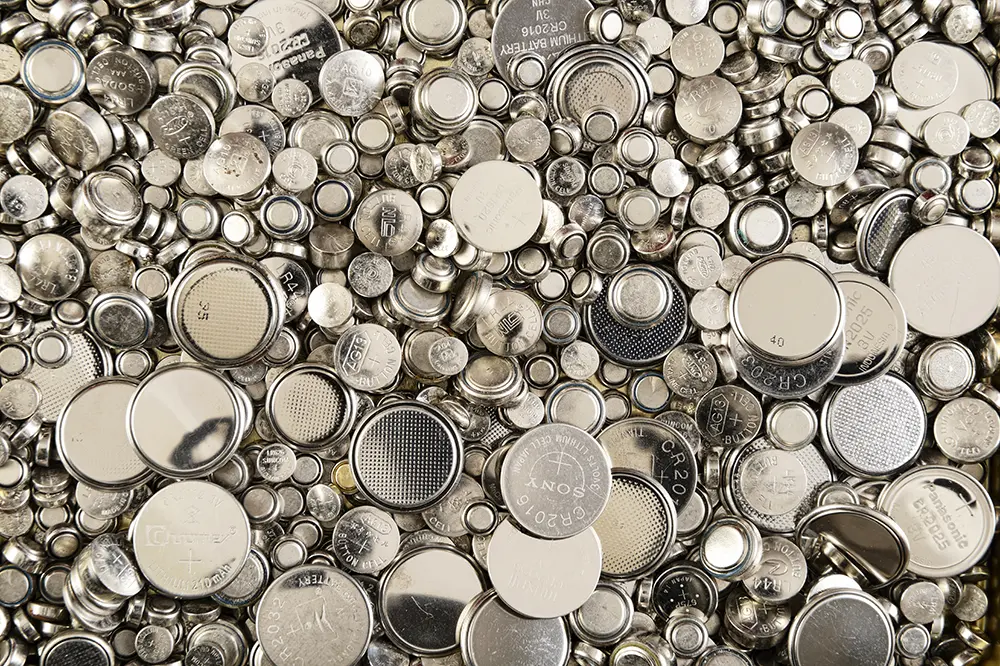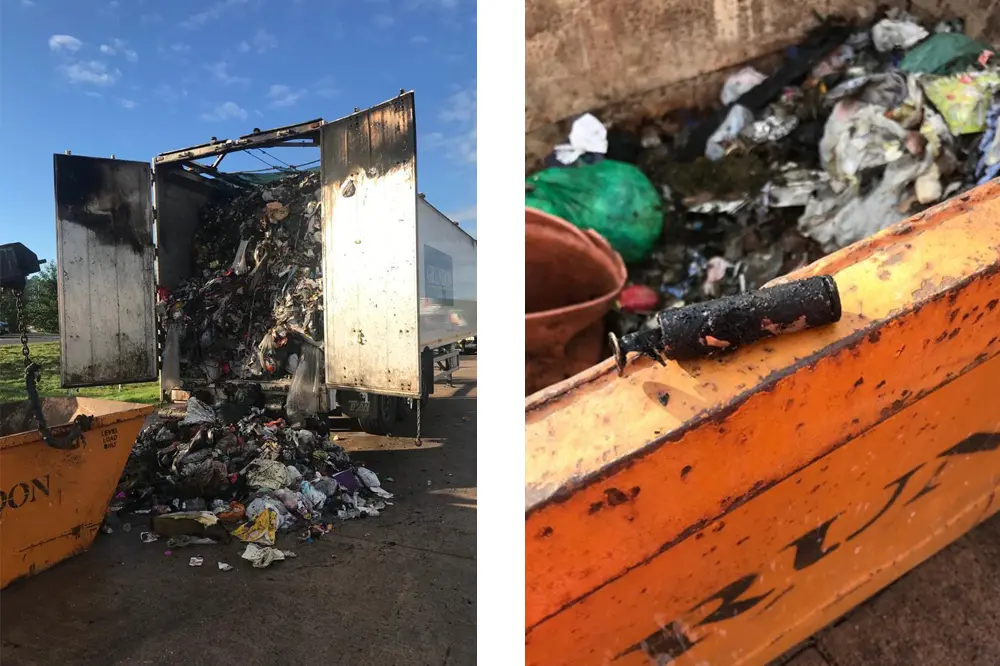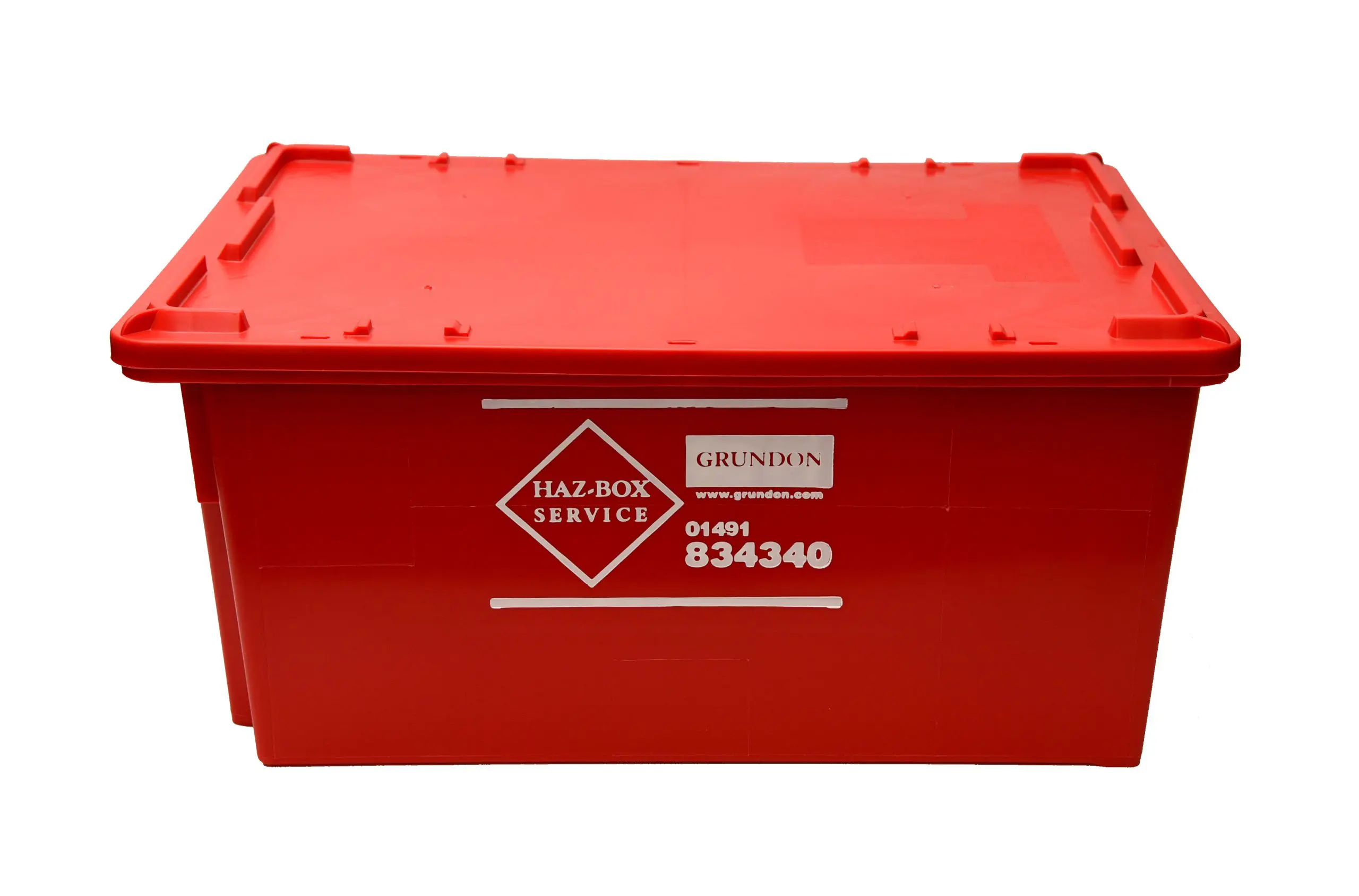With an ever-rising number of fires caused by the incorrect disposal of batteries, Grundon Waste Management’s Technical Director, Jonathan Harris, outlines the safest way to recycle these everyday items.
Batteries are at the beating heart of almost everything we touch these days – from key fobs to mobile phones, power tools to laptops – yet when it comes to end-of-life disposal, things aren’t so simple.
While batteries of any kind should not be placed into normal mixed recycling or general waste bins; it is lithium-ion and lithium primary batteries that pose the biggest dangers as, if not disposed of correctly, they can quickly start a fire.

Statistics show that in the year between April 2019 and March 2020, lithium batteries alone were thought to be responsible for more than 250 fires at waste facilities belonging to members of the Environmental Services Association (ESA). To put that into context, the figure is over a third (38%) of all fires which took place.
How do lithium batteries catch fire?
The biggest danger with lithium batteries is if they are damaged or not fully sealed and come into contact with water during the disposal process.
For example, if you dispose of a lithium battery in a general waste bin or bag which is then emptied into a skip or larger container; or straight into a waste collection vehicle; the potential for it to inadvertently come into contact with water is high.
It might be raining; there may be condensation forming; a half-full bottle may be crushed and leak onto other rubbish. Even the smallest amount of water, or water-based liquid, will be enough to ignite a damaged lithium battery.
Not only is this highly dangerous, but if it happens during the transportation or recycling process, then the damage could be extensive and lives could be put at risk.
This was highlighted recently when a fire broke out in the trailer of one of our vehicles as it was driving along a motorway with a bulk load of non-recyclable waste en route to an Energy from Waste facility.
Thankfully, our quick-thinking driver spotted the smoke and managed to pull over to a safe area before calling the Fire Brigade. Its quick response helped avert a major incident, however without their expertise and the swift actions of the driver, the fire could have caused significant damage to the vehicle and trailer, as well as having the potential to endanger life.
Investigations later identified that the source of ignition for the fire was a lithium-ion battery-powered children’s toy which had been thrown into black-bagged general waste – underlining just how lethal incorrect disposal of such items can be.

What’s the difference between lithium primary batteries and lithium-ion batteries?
Lithium primary batteries – these are non-rechargeable lithium batteries, typically (although not exclusively) single-use button cells. Used in many portable consumer electronic devices, including children’s toys and watches, these are the most hazardous as they contain far more reactive lithium compounds which can quickly start a fire if in contact with water.
Lithium-ion batteries – these are larger rechargeable batteries, typically found in laptops, mobile phones, digital cameras and power tools. If damaged, then can lead to explosions or fires.
Safe disposal of lithium and lithium-ion batteries
To avoid a potential fire, all lithium batteries must be separated from other waste and stored safely and securely, ready for collection by a reputable waste management company.
To help make this process as easy as possible, we have two options for customers:
- Our Haz-Box service is ideal for the safe temporary storage and onward disposal of all batteries, as well as other mixed hazardous waste. This includes the disposal of lithium-ion batteries which have reached their end of life and can no longer be recharged. Correct disposal is essential as they may still retain a residual charge that would be sufficient to cause a short circuit. Lithium battery terminals must first be isolated by wrapping them in tape and the batteries then placed in a separate container, which we can supply, in order to stop them coming into contact with other hazardous waste items. The container fits inside the Haz-Box, which is small enough to fit neatly into a cupboard or under a desk and can be collected as and when required.
- For damaged or expanding lithium-ion batteries, we also offer a lithium-ion battery drum kit. This enables users to safely deposit and store a damaged or expanding lithium-ion battery ready for safe collection. Comprising of a special purpose UN Certified drum, the kit also contains fire protection granules which safely protect and cushion the battery against further damage, whilst also keeping it totally dry. With a clampdown lid, the drum can be placed outside in a safe and secure area ready for specialist collection. If a fire occurs in the drum, the granules will encase the battery, reducing the effects and potentially extinguishing it.

Strict pre-acceptance and transport procedures
At Grundon, we operate a strict Lithium Battery Disposal Acceptance Procedure. Anyone disposing of lithium batteries must sign documentation to certify that all the batteries are intact, and the terminals have been completely and securely covered, in order to avoid the potential for contact between terminals.
Once paperwork has been completed and a collection arranged, one of our drivers, whose training and ADR (Carriage of Dangerous Goods) qualifications allows them to pack and transport hazardous waste on the public highway, will take the batteries (and, if applicable, other hazardous waste in the consignment) back to our Hazardous Waste Transfer Station for further segregation and sorting. Expanded or damaged lithium batteries will be quickly transferred to our high temperature incinerator, for safe disposal. Undamaged batteries, including lithium batteries, will be consigned for specialist recycling.
For advice on safe and secure battery disposal
- Treat all waste batteries with caution and consider if they are potentially a hazardous waste
- Ensure your employees know what to do with batteries
- Separate lithium batteries and isolate the terminals by wrapping in tape – this includes single-use button cells as the top and bottom act as terminals
- Invest in secure disposal containers, such as the Haz-Box or the specialised drum
- Dispose of unwanted batteries regularly to avoid large quantities building up
- Work with a qualified supplier who understands the issues associated with batteries and recycling
- If in doubt, ask an expert
For advice and information on the correct disposal of batteries, please speak to one of our experts by calling 01491 834 340 or email hazardous@grundon.com
